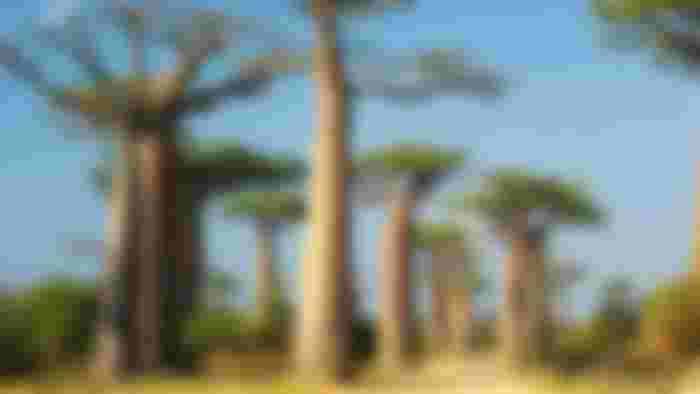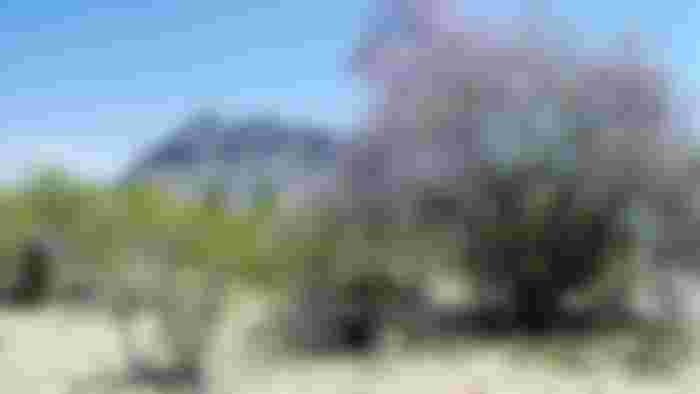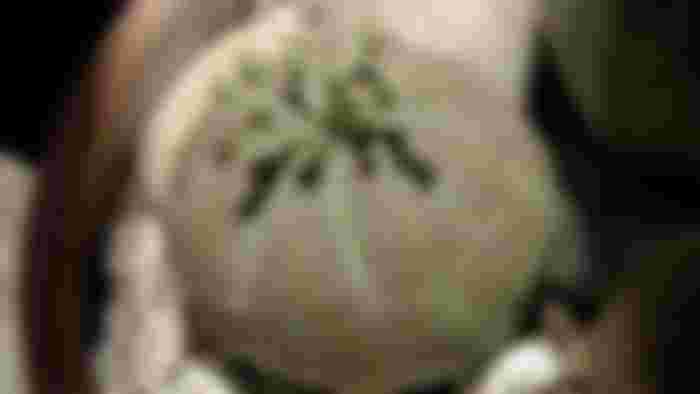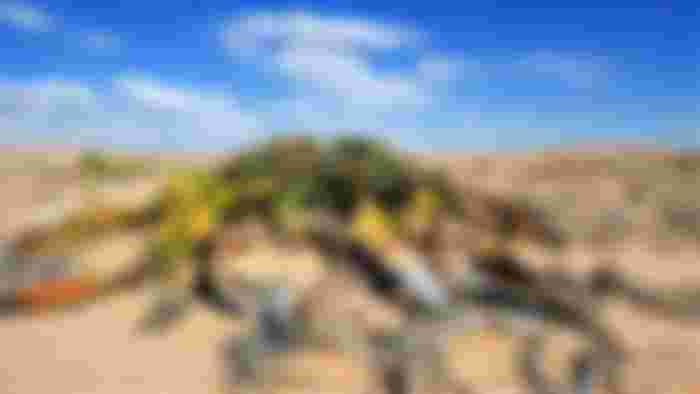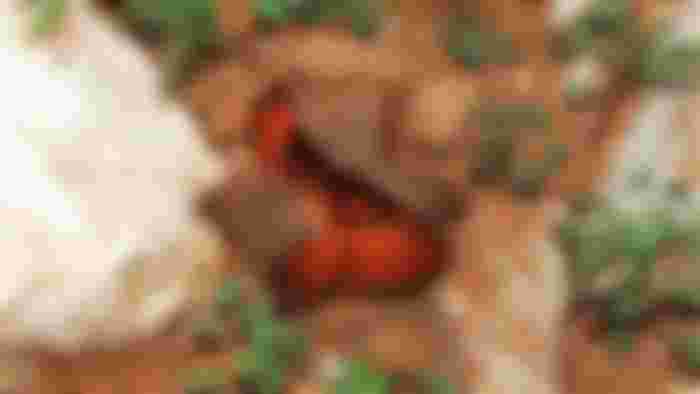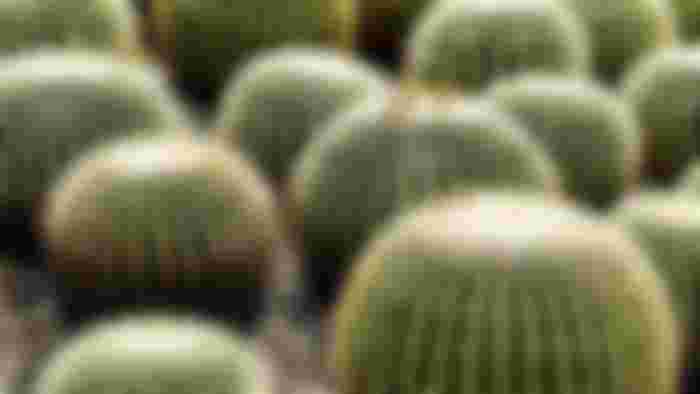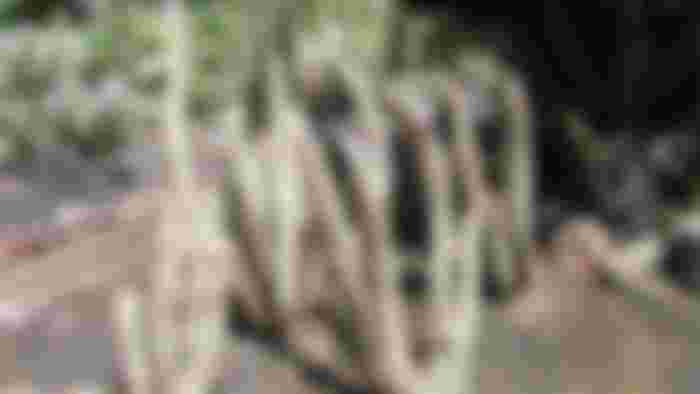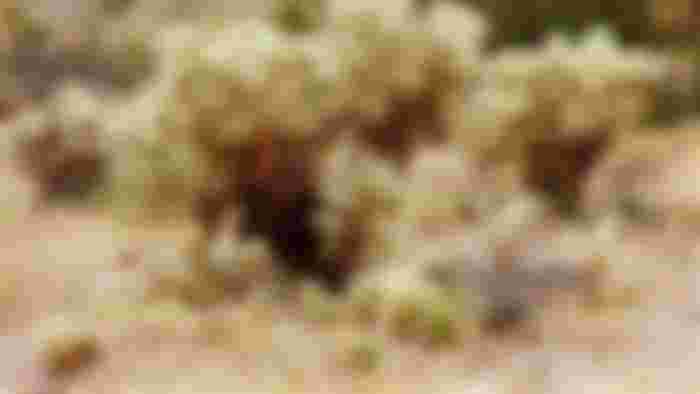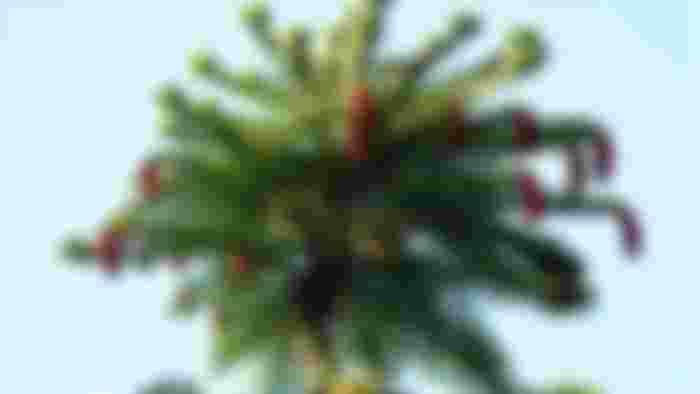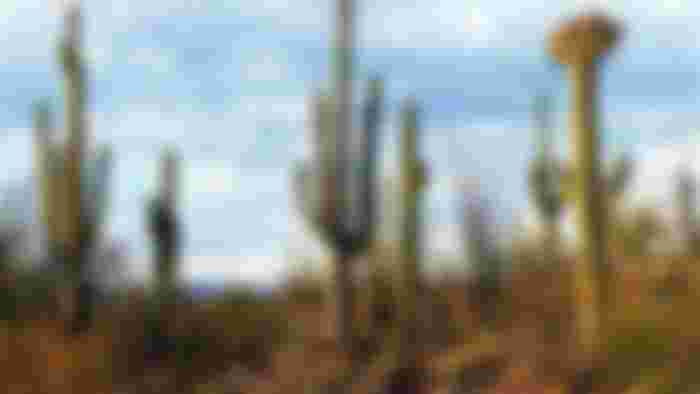Several trees can be seen on the desert shelf. However, not all of them are ordinary trees, they have some strange natural forces. They have the power to survive even in the most adverse environments.
Let us know about a few species of those plants. Because of the special features of those who survive day after day in the desert.
Baobab tree
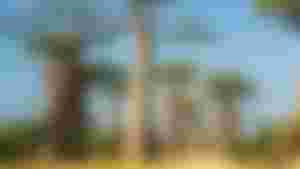
The highest water holding capacity of the plant world is the baobab tree. Although found in Madagascar, it is also found in the Arabian Desert, Africa and the Australian Desert.
Generally, these trees, which have a lifespan of thousands of years, can store one to one and a half lakh liters of water. However, in some areas the water holding capacity is about six lakh liters. These angiosperms are very ancient and endangered.
Dessert Iron Wood
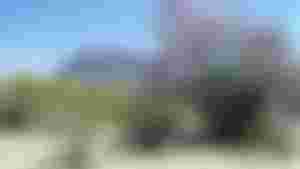
This plant is called the life of the desert. An Iron Wood tree is a blessing to the desert traveler. This is because this shrub can reduce the temperature of any nearby object by about 15 degrees.
This plant, which grows naturally in North America, is now a rare species. The growth of these blue, gray leaf-colored plants is also quite slow. Accustomed to surviving in the desert, it can live for about 1,500 years.
Baseball plant

Seeing this plant, many people may think that it is a baseball ball. Because, its size, color is almost the same as baseball. This tree is 15 cm in size, light or dark green in color, with a mixture of Huludav green flowers.
Originally a desert cactus, it has only been collected in botanical gardens and nurseries.
Velvitsia mirabilis
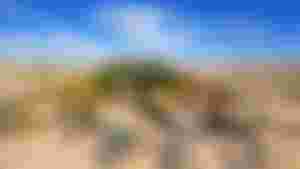
This tree with two leaves without stems is somewhat strangely shaped. It is also known as a long-lived plant species. Although found in Namibia, it is more or less found in other deserts. The biggest feature of these plants is that their roots are very deep.
It is said that they can draw water from the center of the earth. And even though it looks random from a distance, if you look closely, you will understand that the tree is not like any other tree, it is a little different.
Hidnora africana

Not only the beauty of the color but also the Hidnora africana plant can be found in the desert as a good food source. You can safely eat this plant which tastes like a lot of potatoes.
The plant can survive in desert areas for a long time as it stores a lot of water. The color of the flower is red or dark orange and the fruit looks like a potato.
Barrel cactus

The most interesting cactus found in the American desert is the barrel cactus. Usually up to 4-10 meters long. They can also store a lot of water in the body. So they can live for five to six years without soil. Its thorns protect themselves from insects and also help retain water.
Torch Cactus

Torch or Silver Torch Cactus is a perennial cactus. It has been given such a name due to its morphological reasons. It is usually 3 m long and 6 m in diameter. Even if it likes extra light, it cannot survive the extra heat. So it is more common in shady areas of the desert.
Teddy bear cola

The beauty of one of the characteristics of a cactus called teddy bear cola or jumping cola. Its thorns are so thick that they cannot be separated. Rather caught as a cover. It grows in the same place in the form of small shrubs with many stems coming out of each tree.
Ulemi Pine
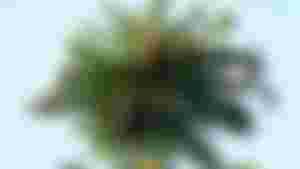
Ulemi pine is a plant of the genus Gymnosperm about 200 million years ago. This is the only surviving species in the desert.
One of its features is that it can withstand very high temperatures and very low temperatures. Both male and female species of each tree exist.
Saguaro Cactus

Do you know the state flower of Ariana State in America? The flower of this plant called 'Saguaro Cactus' has got the status of the state flower. This plant has a lifespan of 200 years and is mainly a plant of the genus Angiosperm. At a maximum height of 20 m, the tree usually has no branches. And it takes about a hundred years for the branches to grow.
You will find these strangely beautiful trees in the desert, all of which are able to survive in hostile environments. Some of them are incomparable in terms of beauty.
